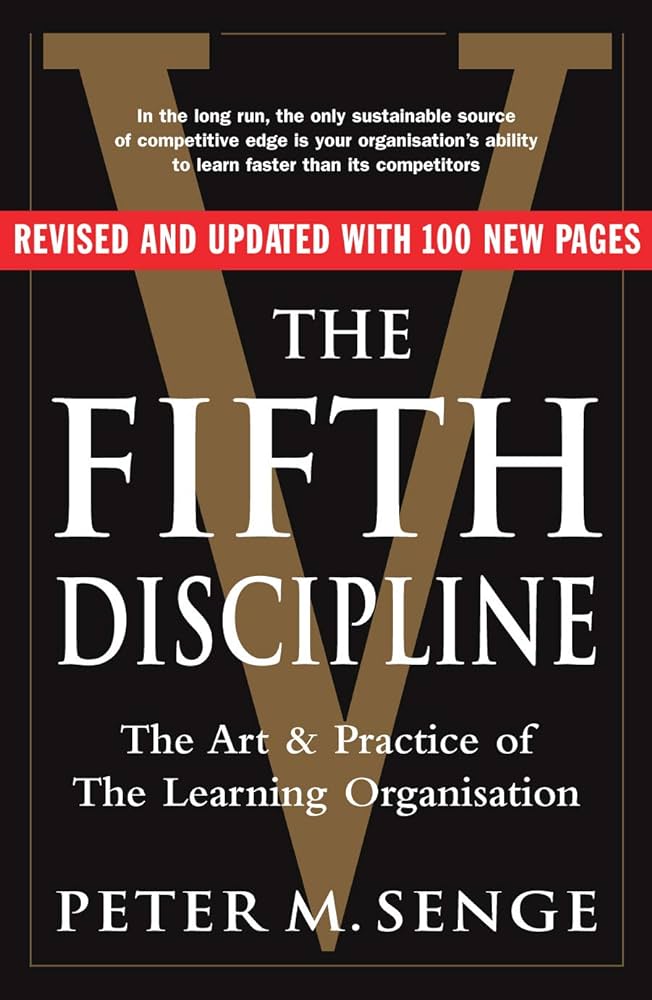Why We Buy: The Science of Shopping – Updated and Revised for the Internet, the Global Consumer, and Beyond
RATING


This updated edition adds a section of the Internet and global consumer, seeking to apply the original version to the modern age. Paco Underhill, a retail professional and founder of a behavior consumer research and consulting firm Envirosell, provides a behavioral psychology perspective on shopping and lessons for success in retail.
The first four sections cover this material, providing fascinating insights and lessons on retail and buying behavior of different age groups, family configurations, genders and different international settings. For example, the author provides interesting examples of some of the more innovative retail environments to be found in emerging markets, such as indoor skiing at a mall in Dubai or a store in Brazil that provides its customers with personal shoppers. The author’s methodology is based on observations of consumer behavior in retail settings, providing justification or refute to both new and established approaches.
The book contains extensive conclusions made through observations of the shoppers, providing insights into what works and what doesn’t – some of them obvious, some eye-opening. For example, the commonly accepted practice of retailers providing signage and offers at the entry point of a store, which behavior studies show few shoppers notice when entering, as opposed to farther back in the store. The many examples of how unpredictably shoppers can act and respond provides great reading for retail professionals as well as those interested in consumer behavior.
There is some disconnect at times between the research findings and the author’s framework or methodology for applying to your business. The book at times seems an anthropological study of shoppers, while providing little in the way of a system of measurement or application for the retail professional. Also, the chapter on the Internet presents it as an appendage to the retail store setting, rather than applying more scientific research to this new medium on its own merits, as is commonly done with the bricks and mortar environment.
Revolutionary retail guru Paco Underhill is back with a completely revised edition of his classic, witty bestselling book on our ever-evolving consumer culture — full of fresh observations and important lessons from the cutting edge of retail, which is taking place in the world’s emerging markets. New material includes:
- The latest trends in online retail — what retailers are doing right and what they’re doing wrong — and how nearly every Internet retailer from iTunes to Amazon can drastically improve how it serves its customers.
- A guided tour of the most innovative stores, malls and retail environments around the world — almost all of which are springing up in countries where prosperity is new. An enormous indoor ski slope attracts shoppers to a mall in Dubai; an uber luxurious Sao Paolo department store provides its customers with personal shoppers; a mall in South Africa has a wave pool for surfing.
The new Why We Buy is an essential guide — it offers advice on how to keep your changing customers and entice new and eager ones.
Many of the behavioral research findings of this book are directly relevant and applicable to the retail environment, to fine-tune the retail offering and score quick sales gains. The author’s years of experience in this field provide interesting findings for the retail professional, consultant or student of marketing. In what sometimes seems obvious when presented by the findings, this book underscores how often these concepts can be overlooked by even the experienced retail manager.
If you are interested in more biological and neuroscientific reasons why we buy, check out The Buying Brain (Senteo review).


This book provides behavioral research findings through the author’s years of observations as well as examples. It does not contain any method for tactical applications, rather is a collection of findings.
See content on this topic


Sales training for front line along with basic development and coaching principles for line management.
Understanding branding and communications from the standpoint of emotional engagement and building relevant and meaningful dialogue with customers.
This course covers a complete view of customer touch points (both physical and virtual) and a unique model for standardizing and managing customer contact models across channels including approaches for customer feedback, quality management, and migration.
Understand how the innovation process changes moving from functionality and channel design to a process focused on creating value for customers.
Experiential Branding & Communications – Improving Brand Integration Through Emotional Engagement.
This course covers a complete view of customer touch points (both physical and virtual) and a unique model for standardizing and managing customer contact models across channels.
Understand the value of a customer-oriented analytics package and how behavioral scenarios can be used to improve profitability through influencing behavior and usage.
To understand the principles of game dynamics and learn how to effectively use the elements of gamification in business: to involve customers, employees and contractors in the process.
Understanding branding and communications from the standpoint of emotional engagement and building relevant and meaningful dialogue with customers.
This course covers a complete view of customer touch points (both physical and virtual) and a unique model for standardizing and managing customer contact models across channels including approaches for customer feedback, quality management, and migration.
Experiential Branding & Communications – Improving Brand Integration Through Emotional Engagement.
This course covers a complete view of customer touch points (both physical and virtual) and a unique model for standardizing and managing customer contact models across channels.




 Copy Link
Copy Link
 E-mail
E-mail
 LinkedIn
LinkedIn
 Facebook
Facebook
 Telegram
Telegram
 WhatsApp
WhatsApp
















 Go Back
Go Back
Leave a Reply
You must be logged in to post a comment.